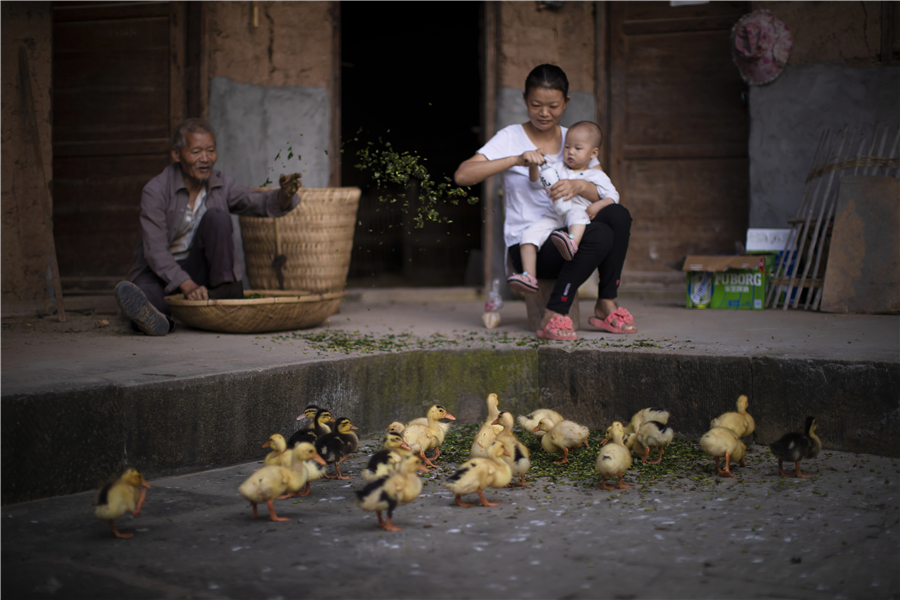To improve lives, the details count


Initial concept
Targeted poverty-alleviation, a concept first raised by Chinese President Xi Jinping in 2013 during a visit to a village in Hunan province, was adopted as a strategy by the government in 2014 to "ensure that assistance reaches poverty-stricken villages and households".
The policy, which requires tailoring relief measures to different local conditions, was included in the first-ever resolution addressing poverty-eradication in rural areas, adopted by the United Nations General Assembly in 2018.
Between 2012 and 2019, China lifted at least 93 million rural residents out of poverty, or more than 10 million people annually, seven years in a row, according to official figures.
The proportion of poverty in rural regions had shrunk from 10.2 percent to 0.6 percent in the period.
But to better understand targeted interventions and assess the efficiency of the substantial rise in public spending in this area over the past decade, detailed microeconomic and fiscal data or case-study analysis is required, Raiser said.
"Clearly this will remain an issue of keen interest for development specialists, and we hope China will collaborate proactively with international researchers to ensure these lessons are learned and disseminated."
As China and the World Bank Group, or WBG, celebrate the 40th anniversary of their partnership this year, Raiser noted that exchanging knowledge rather than financing has become increasingly important to the relationship.
"In addition to us engaging with China's policymakers on critical policy choices, such as in the context of the upcoming 14th FYP(Five-Year Plan for 2021-25), this also includes the WBG learning from China's own development experiences and partnering with China to share this with other developing countries."
While in the past, many less-developed countries benefited from China's rapid, investment-driven growth as commodity exporters, such a growth model is running out of steam in China, which will need to rely more on domestic consumption to sustain growth, Raiser said.
"Such a shift could also create important opportunities for poor countries who could export labor-intensive goods and services to China, as China itself moves up the value chain."
For that to happen, China should combine macroeconomic policies to rebalance the economy with policies to further open up its domestic markets to competition, he said. "Whether it does matters for global poverty-reduction."
Zeng Peiyan, former vice-premier and chairman of the China Center for International Economic Exchanges, said at the 6th Global Think Tank Summit in Beijing in September that China has worked out a new economic-growth model of "dual circulation" for the next five years, focusing on its huge domestic consumer market and promoting high-level opening-up.























